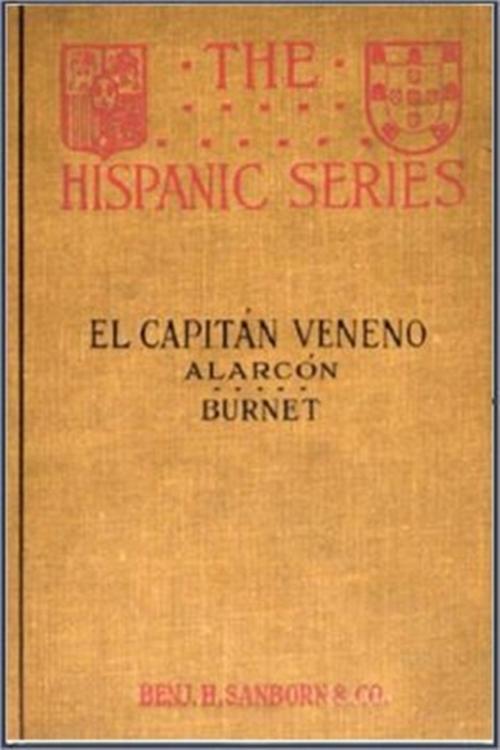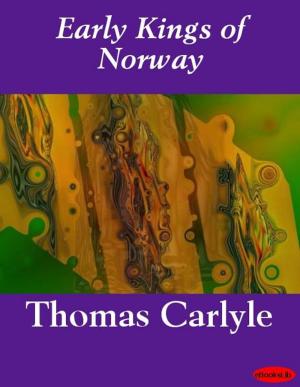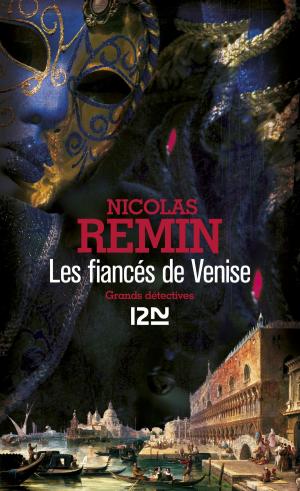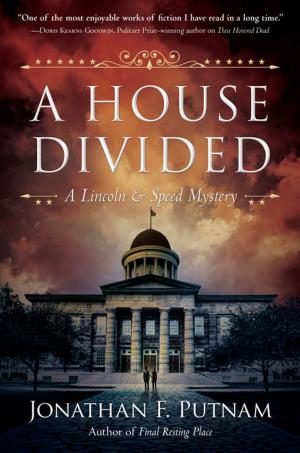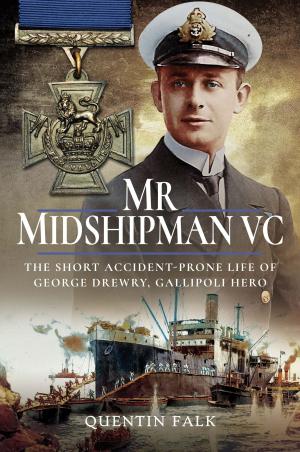| Author: | Pedro Antonio de Alarcón | ISBN: | 1230000251562 |
| Publisher: | Classic References | Publication: | July 11, 2014 |
| Imprint: | Language: | Spanish |
| Author: | Pedro Antonio de Alarcón |
| ISBN: | 1230000251562 |
| Publisher: | Classic References |
| Publication: | July 11, 2014 |
| Imprint: | |
| Language: | Spanish |
This novel is intended to teach Spanish speaking people to read English, and for English speaking people to read Spanish. The charming and popular story of El Capitán Veneno, the fire-eater, has been well edited several times, but, after using the text in classes many times, the present editor believes that there is still room for personal preferences as to what should be emphasized.
The logical text to follow was the 10th Rivadeneyra edition of 1913. But the edition was very faulty, many passages apparently having never been proofread at all. So I have corrected manifest errors by earlier editions. These changes are pointed out in the notes. The text is given entire. The vocabulary does not try to be more delicate and dainty than the author's own words; and several words have been given literally enough to show the real basis for their use, e.g. muleta, mocosilla, resoplido, ramillete de dulces. The students always have to ask about such words in class anyway.
There are exercises for Spanish, in Spanish and in English, based on the text, and not meant to be very much easier than the text. There are many questions in the exercises that can be answered by Sí and No. In these the student should, in his answer, involve the words of the question, or repeat the question rapidly. Speed is useful and encourages the learner with confidence and satisfaction, for he can see his own improvement and measure it by the ease he acquires in utterance. A sentence that comes hard for the tongue is just the one to practice on for speed. It is gymnastics for the tongue and for the mind.
La historia encantadora y popular de El Capitán Veneno, el fuego devorador, ha sido varias veces bien editado, pero, después de usar el texto en las clases muchas veces, el editor actual cree que todavía hay espacio para las preferencias personales en cuanto a lo que debería ser subrayó.
El texto lógico a seguir era la 10 ª edición de Rivadeneyra 1913. Pero la edición fue muy defectuosa, muchos pasajes aparentemente sin haber sido corregido en absoluto. Así que tengo que corregir errores manifiestos de ediciones anteriores. Estos cambios se señalan en las notas. El texto se da todo. El vocabulario no trata de ser más delicado y fino que las palabras del propio autor, y varias palabras se les ha dado, literalmente, lo suficiente para mostrar la base real para su uso, por ejemplo, muleta, mocosilla, resoplido, ramillete de dulces. Los alumnos siempre tienen que preguntar acerca de esas palabras en la clase de todos modos.
Hay ejercicios para el español, en español y en Inglés, basado en el texto, y no pretende ser mucho más fácil que el texto. Hay muchas preguntas en los ejercicios que pueden ser contestadas por el Sí y No. En estos el estudiante debe, en su respuesta, involucrar a las palabras de la pregunta, o repetir la pregunta rápidamente. La velocidad es útil y anima al estudiante con la confianza y satisfacción, porque él puede ver su propio mejoramiento y la medida por la facilidad que adquiere en el enunciado. Una frase que viene difícil para la lengua es sólo el uno a la práctica de la velocidad. Es la gimnasia de la lengua y para la mente.
This novel is intended to teach Spanish speaking people to read English, and for English speaking people to read Spanish. The charming and popular story of El Capitán Veneno, the fire-eater, has been well edited several times, but, after using the text in classes many times, the present editor believes that there is still room for personal preferences as to what should be emphasized.
The logical text to follow was the 10th Rivadeneyra edition of 1913. But the edition was very faulty, many passages apparently having never been proofread at all. So I have corrected manifest errors by earlier editions. These changes are pointed out in the notes. The text is given entire. The vocabulary does not try to be more delicate and dainty than the author's own words; and several words have been given literally enough to show the real basis for their use, e.g. muleta, mocosilla, resoplido, ramillete de dulces. The students always have to ask about such words in class anyway.
There are exercises for Spanish, in Spanish and in English, based on the text, and not meant to be very much easier than the text. There are many questions in the exercises that can be answered by Sí and No. In these the student should, in his answer, involve the words of the question, or repeat the question rapidly. Speed is useful and encourages the learner with confidence and satisfaction, for he can see his own improvement and measure it by the ease he acquires in utterance. A sentence that comes hard for the tongue is just the one to practice on for speed. It is gymnastics for the tongue and for the mind.
La historia encantadora y popular de El Capitán Veneno, el fuego devorador, ha sido varias veces bien editado, pero, después de usar el texto en las clases muchas veces, el editor actual cree que todavía hay espacio para las preferencias personales en cuanto a lo que debería ser subrayó.
El texto lógico a seguir era la 10 ª edición de Rivadeneyra 1913. Pero la edición fue muy defectuosa, muchos pasajes aparentemente sin haber sido corregido en absoluto. Así que tengo que corregir errores manifiestos de ediciones anteriores. Estos cambios se señalan en las notas. El texto se da todo. El vocabulario no trata de ser más delicado y fino que las palabras del propio autor, y varias palabras se les ha dado, literalmente, lo suficiente para mostrar la base real para su uso, por ejemplo, muleta, mocosilla, resoplido, ramillete de dulces. Los alumnos siempre tienen que preguntar acerca de esas palabras en la clase de todos modos.
Hay ejercicios para el español, en español y en Inglés, basado en el texto, y no pretende ser mucho más fácil que el texto. Hay muchas preguntas en los ejercicios que pueden ser contestadas por el Sí y No. En estos el estudiante debe, en su respuesta, involucrar a las palabras de la pregunta, o repetir la pregunta rápidamente. La velocidad es útil y anima al estudiante con la confianza y satisfacción, porque él puede ver su propio mejoramiento y la medida por la facilidad que adquiere en el enunciado. Una frase que viene difícil para la lengua es sólo el uno a la práctica de la velocidad. Es la gimnasia de la lengua y para la mente.
